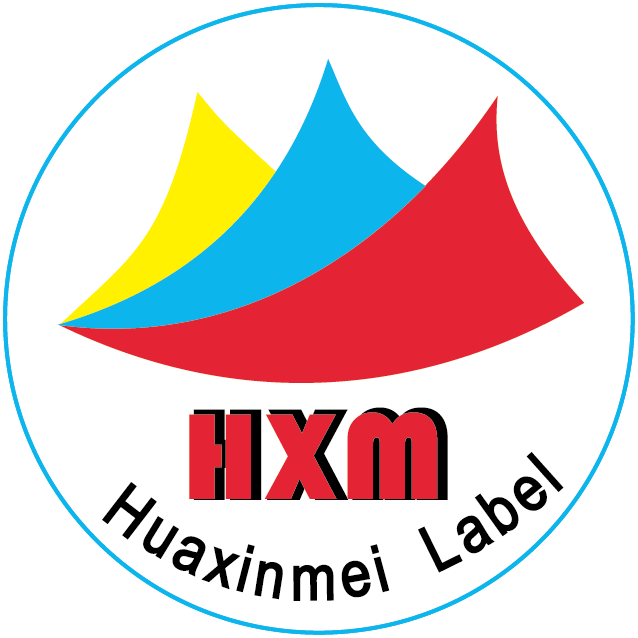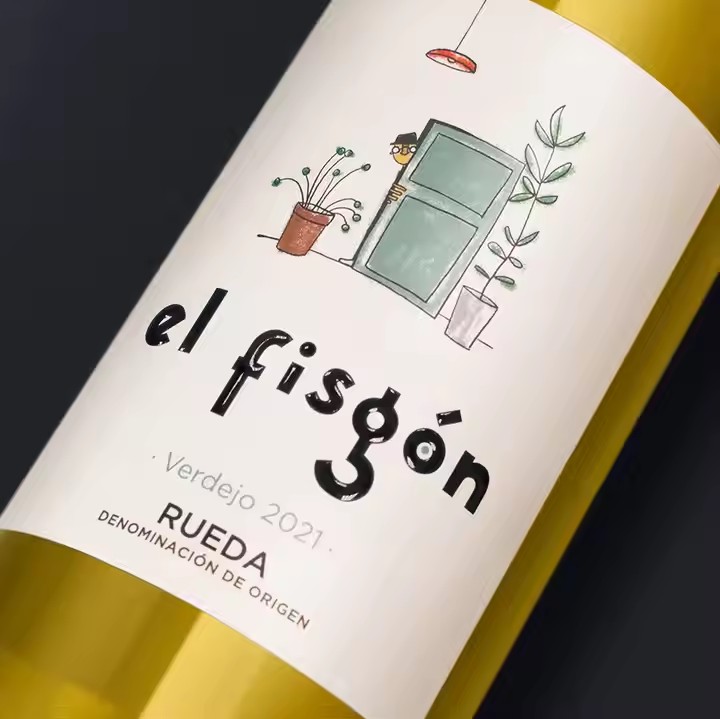The appearance of the wine bottle label is key for consumers when looking at and deciding whether to buy the wine. So, how should we choose the material for the wine bottle label, and what factors should we consider during the selection process?
Paper Labels:
Coated Paper (Copperplate Paper)
Features: Smooth surface, high whiteness, good print adaptability, and clear, bright patterns and text. It has good stiffness and strength, making it resistant to damage. Coated paper is a popular choice for its smooth texture, giving consumers a good tactile experience, which may increase their desire to buy the wine.
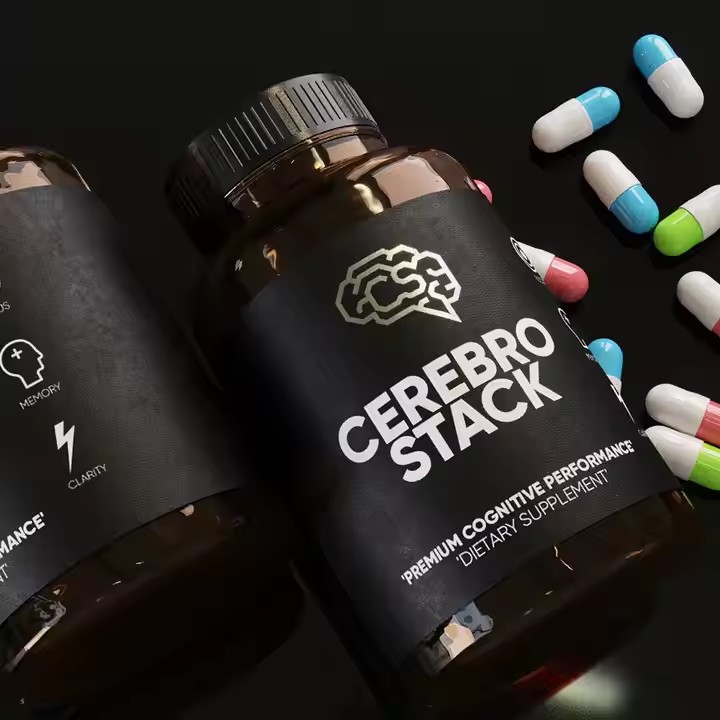
Suitable for: Widely used for mid-to-high-end alcoholic products like wine, white wine, etc. It is perfect for showing the brand image and product information.
Specialty Paper
Features: Many varieties, like art paper or patterned paper, with unique textures, feels, and colors, adding an artistic touch and individuality to the label. Specialty paper is often used for special beers, which appeal to consumers with vibrant and colorful labels.
Suitable for: Used for niche, unique alcohol brands or limited-edition and commemorative wines to highlight the product’s uniqueness and collectability.
Thermal Paper
Features: Sensitive to temperature changes, it changes color when heated. It can be used to print simple information like production dates and batches. It requires no ink, making it cost-effective for printing.
Suitable for: Used for auxiliary labels where quick variable information is needed, like beer bottles or low-end wine bottles, where aesthetic appeal is not the primary concern.
Synthetic Material Labels:
PVC Labels
Features: Flexible, water-resistant, and resistant to chemical corrosion, it doesn’t easily get damaged by alcohol or moisture. It can have various finishes, such as matte or glossy.
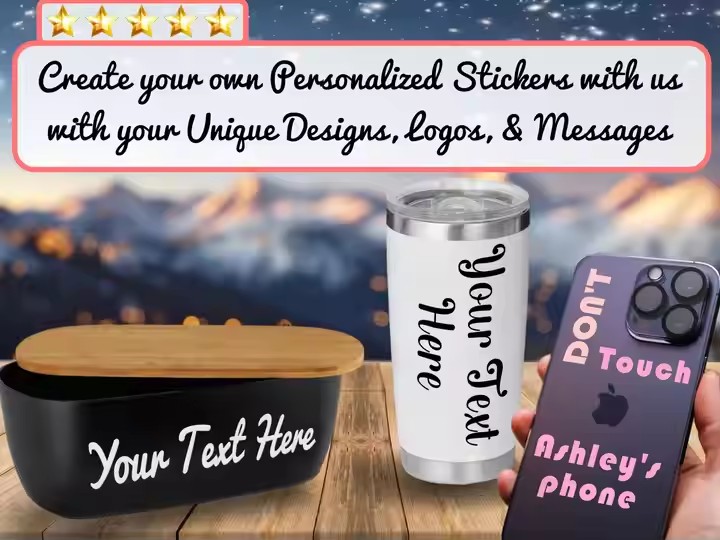
Suitable for: Used in bottles that need to be stored for long periods or sold in humid environments, like yellow wine or rice wine.
PET Labels
Features: Hard and rigid, with high transparency for a high-end, refined look. It has excellent weather resistance and tear strength, keeping the label intact over time.
Suitable for: Used for high-end wines and spirits, enhancing the product’s overall quality and can be displayed under various lighting conditions.
PP Labels
Features: Soft texture, good flexibility, and resistance to wear and tear. It is chemically stable and resistant to most chemicals.
Suitable for: Used for bottles with unique shapes or those that need frequent handling, like sports drinks or fruit wines, as it can handle various bottle deformities and friction.
Metal Labels:
Aluminum Foil Labels
Features: Has a metallic sheen, high-end feel, and enhances the product’s visual appeal. It blocks oxygen and moisture, helping preserve the wine. Even non-premium wines appear more luxurious with aluminum foil labels.
Suitable for: Used for high-end wines like whiskey and premium white wines, especially for brands focusing on packaging and quality.
Stainless Steel Labels
Features: High strength, corrosion-resistant, and long-lasting appearance. It can be etched or stamped with intricate patterns and text. Stainless steel labels are durable and can withstand friction or impact.
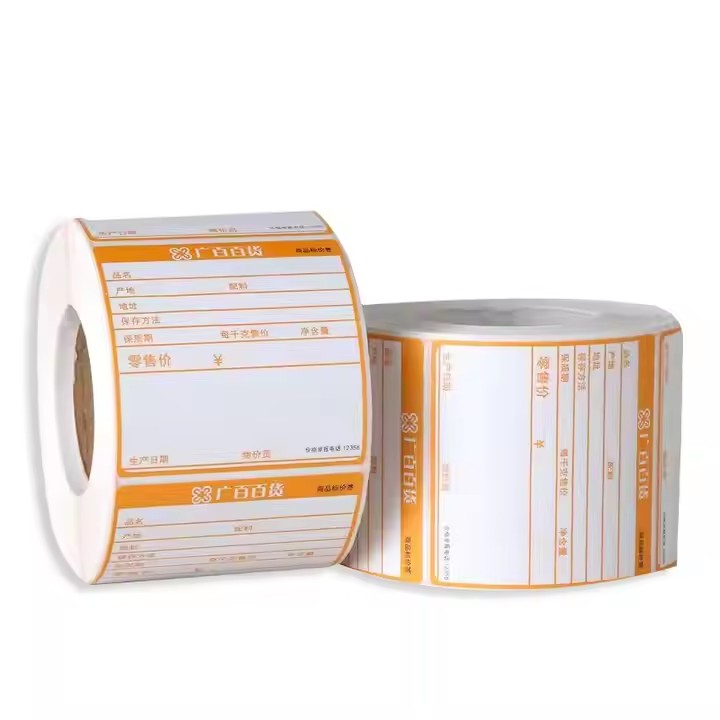
Suitable for: Used for high-end, collectible wines, such as vintage wines or limited editions, highlighting the product’s premium quality and durability.
When choosing the material for wine bottle labels, consider the product’s positioning, target audience, production process, and cost to ensure the chosen material protects and displays the product while aligning with the brand image and market positioning.
